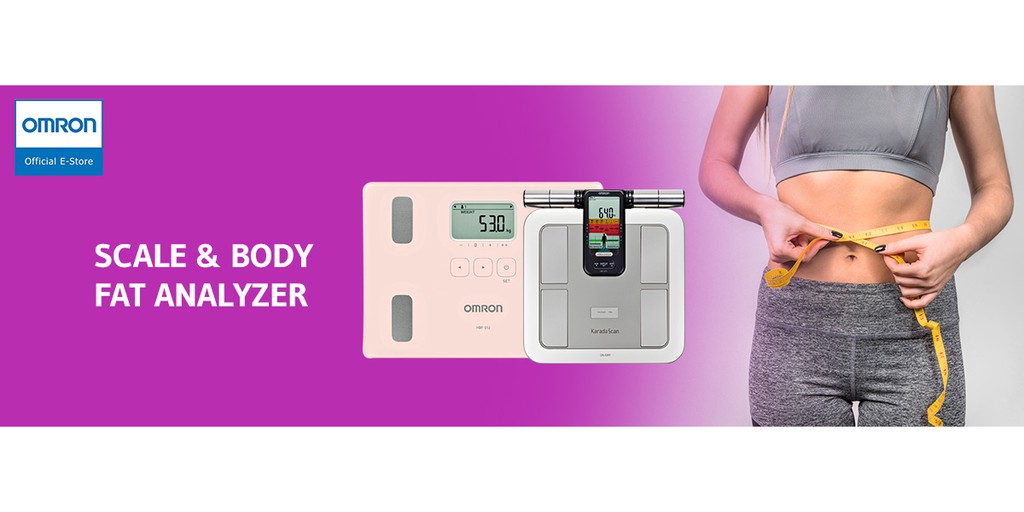H.pylori medical test
Learn about H.pylori medical tests, including what the tests are used for, why a doctor may order a test, how a test will feel, and what the results may mean.
What is H. pylori test?
Helicobacter pylori (H. pylori) is a type of bacteria. These germs can enter your body and live in your digestive tract. Helicobacter pylori tests are used to detect a Helicobacter pylori ( H. pylori) infection in the stomach and upper part of the small intestine (duodenum). H. pylori can cause peptic ulcers. But most people with H. pylori in their digestive systems do not develop ulcers.
What the H. pylori test is used for?
A Helicobacter pylori (H. pylori) test is done to:
- Determine if an infection with H. pylori bacteria is the reason for ulcer or irritation of the stomach lining (gastritis).
- Determine if treatment for an H. pylori infection has been successful.
How is the procedure performed?
Blood antibody test: A blood sample drawn from a vein in your arm. You may want to wear a shirt with sleeves that can easily be rolled up to make it easier to collect the blood sample.
Urea breath test: The breath sample is collected when you blow into a balloon or blow bubbles into a bottle of liquid. The health professional taking a sample of your breath will:
- Collect a sample of your breath before the test starts.
- Give you a capsule or some water to swallow that contains tagged or radioactive material.
- Collect samples of your breath at different times. The breath samples will be tested to see if they contain material formed when H. pylori comes into contact with the tagged or radioactive material.
- The urea breath test usually takes about 30 minutes.
Stool antigen test: The stool sample for this test may be collected at home. If you are in the hospital, a health professional will help you collect the sample. To collect the sample, you need to:
- Pass stool into a dry container. Either solid or liquid stools can be collected. Be careful not to get urine or toilet tissue in with the stool sample.
- Replace the container cap and label the container with your name, your doctor's name, and the date the sample was collected.
- Wash your hands well after collecting the sample to avoid spreading bacteria.
- Deliver the sealed container as soon as possible to your doctor's office or directly to the lab.
Your doctor may also use a cotton swab inserted into your rectum to collect a stool sample during an examination.
Stomach biopsy:
- Endoscopy is used to collect samples of tissue from the stomach and duodenum. The doctor may collect up to 10 tissue samples. To learn more, see the topic Upper Gastrointestinal Endoscopy.
- The tissue samples are tested in the lab to see if they contain H. pylori.
- In rare cases, a biopsy sample may be placed in a container with a substance that promotes the growth of H. pylori bacteria. This is called an H. pylori culture. If no bacteria grow, the culture is negative. If H. pylori bacteria grow, the culture is positive. Sometimes other tests are done to find the right medicine for treating the infection. This is called sensitivity testing.
Results from the urea breath test or a stool antigen test is usually available within a few hours. Results from a blood antibody test is usually available within 24 hours. Results from biopsy samples obtained by endoscopy are usually available within 48 hours. Results from a biopsy sample that is cultured can take up to 10 days.
What will be the results interprets?
| Test | Normal | Abnormal |
|---|---|---|
| Blood antibody test | H. pylori antibodies not found | H. pylori antibodies found |
| Urea breath test | Tagged carbon dioxide not found | Tagged carbon dioxide found |
| Stool antigen test | H. pylori antigens not found | H. pylori antigens found |
| Stomach biopsy | H. pylori bacteria not found and does not grow in a culture of the tissue biopsy samples. | H. pylori bacteria found and bacteria grows in a culture of the tissue biopsy samples. |


